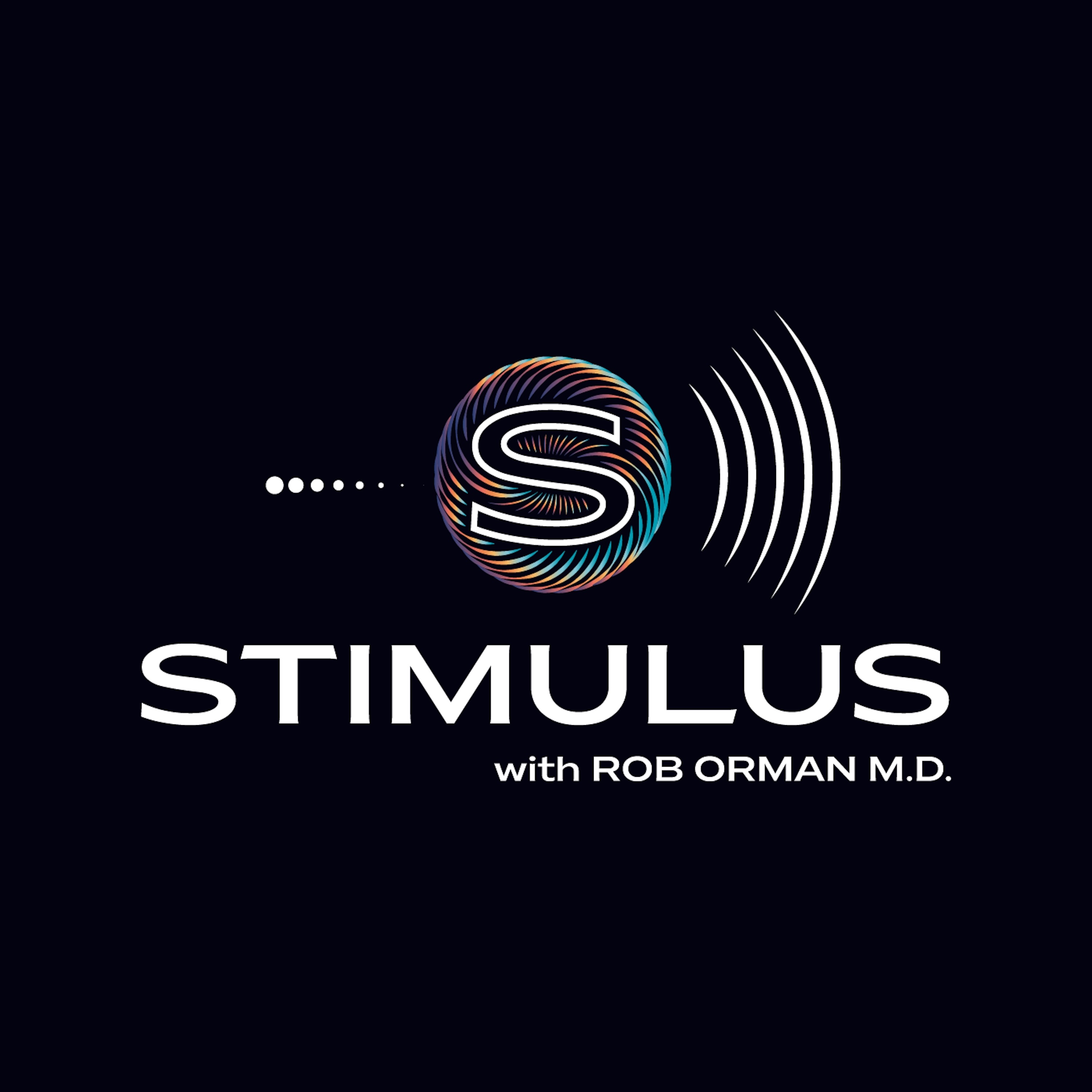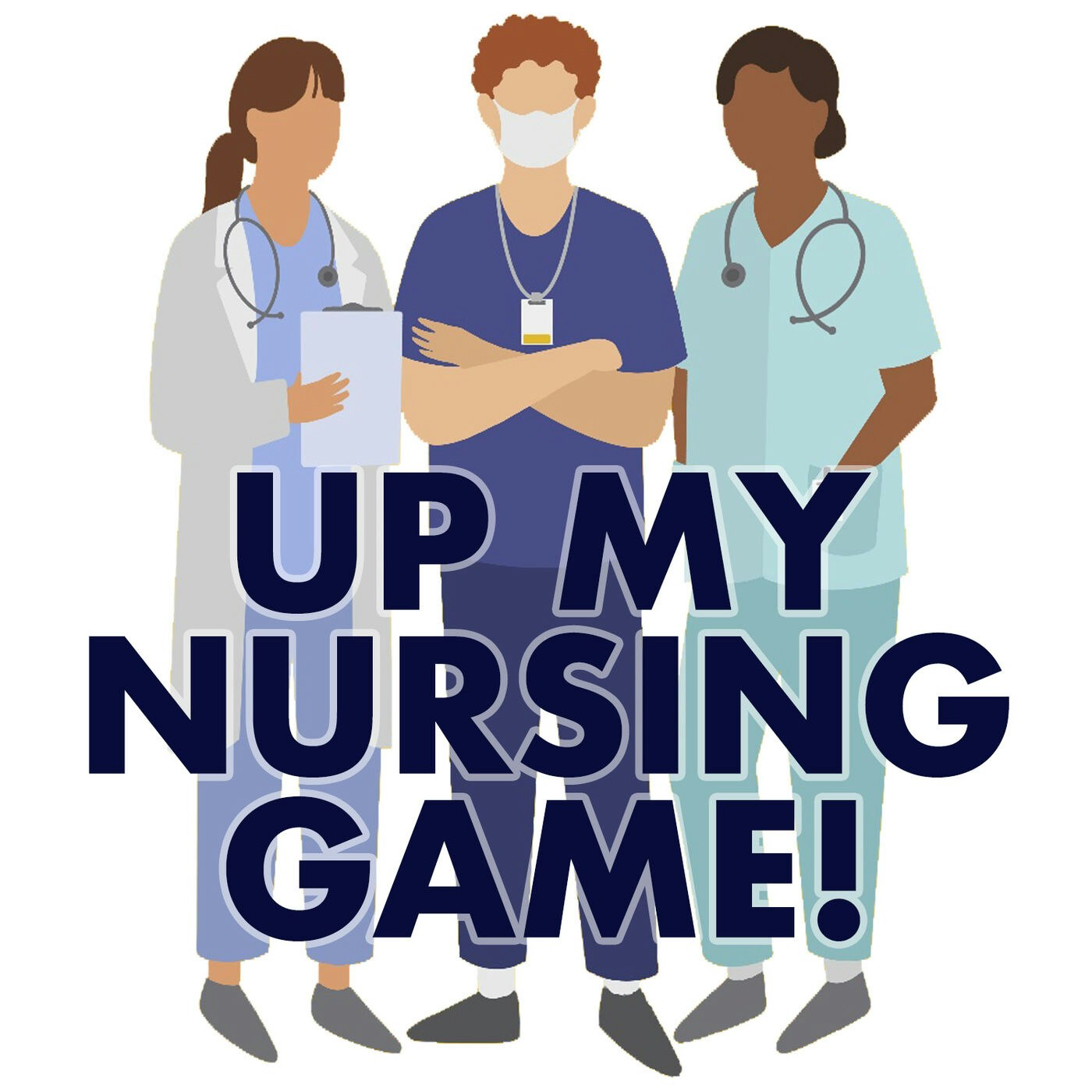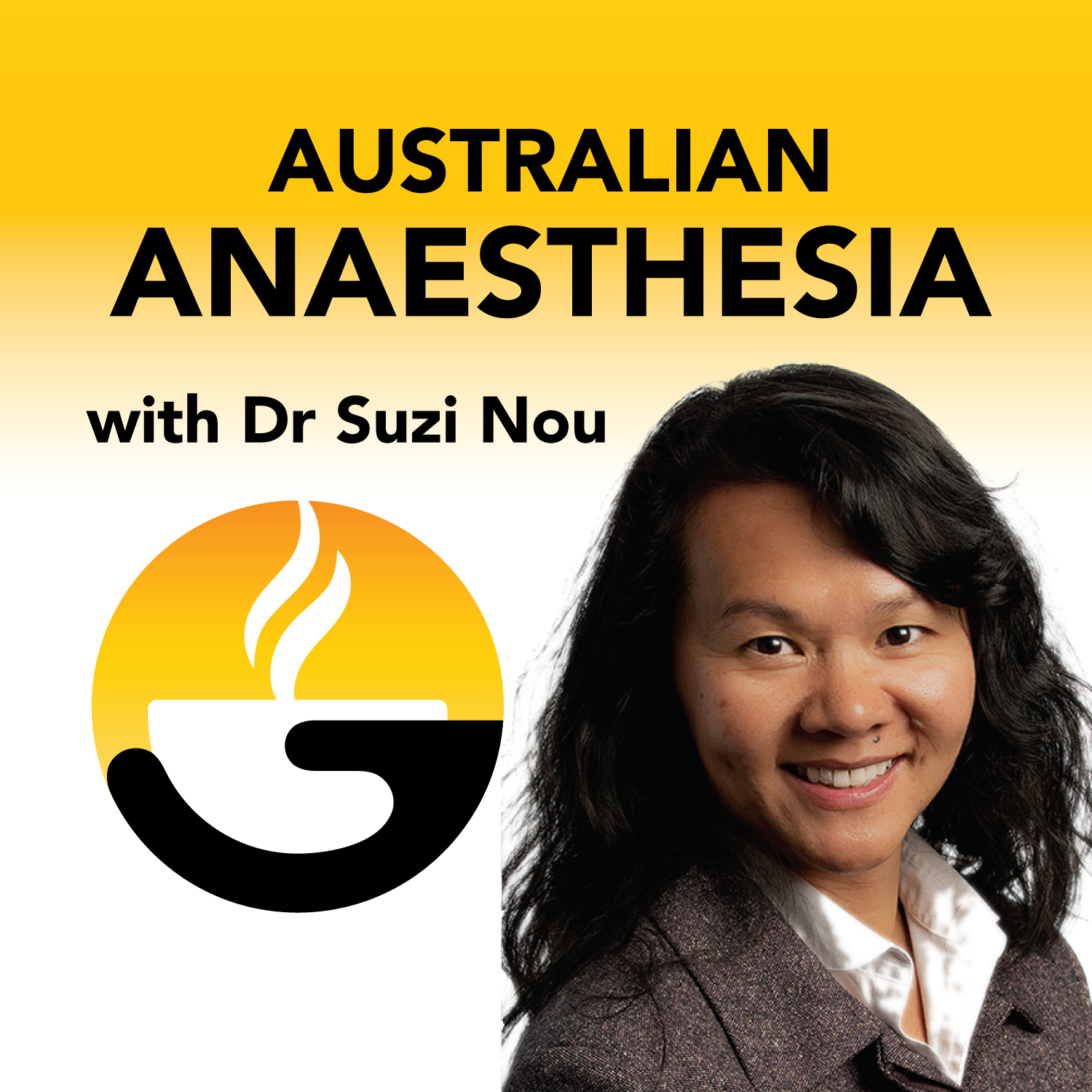 |
PushDoseMedic PodcastA podcast for the beginner paramedic. Author: Jaren Jarrell
Providing education to bridge the gap from classroom to clinical setting for the beginner paramedic. Language: en Genres: Health & Fitness, Medicine Contact email: Get it Feed URL: Get it iTunes ID: Get it |
Listen Now...
Aortic Dissection- The thunderclap of the chest
Episode 23
Friday, 14 May, 2021
Dissections occur when the tunica intima and tunica media layers of the aorta weaken and tear causing blood to create a false lumen. Different classifications determine severity and treatments. ——Standford Classification—— Type A- Ascending aorta and can continue to the arch and/or the descending aorta. Type B- Involves the descending aorta distal of the left subclavian artery. ——Risk factors/Presentation—— HTN, tissue disorders, Marfans syndrome, age, and male gender. These patients will present with classic ripping/tearing chest pain that radiates to back, sometimes to abdomen depending on location of dissection. Focal neuro defects, BP/pulse deficits, N/V, SHOB, diaphoreses etc. ——Diagnosis—— Initial diagnosis starts with a good history of the patient to see if the qualify with high risk factors, next is imaging. CXR does not rule out a dissection but clue you in with a widened mediastinum. Next is the gold standard which is CT, some complications may arise with decreased renal function and contrast. If patient is stable enough MRI is possible. Other options are TEE (requires ETI), or TTE. These both have restrictions in imaging the full aorta for diagnosis. ——Treatments—— Treatments depends on type of dissection. ——Type A—— Require immediate emergent cardiac surgery. Due to the nature and location of the dissection patient is at risk for hemorrhage, hypo perfusion to vitals organs. Usually repaired with aortic graft/replacement. ——Type B—— Unless complicated with hypo perfusion which would require surgical consult (TEVAR) with stent placement, type B is management with medication. Anti-impulse therapy is initiated long term with medications to control HR and BP. SUBSCRIBE AND LEAVE A RATING ON ITUNES!!! If you have any questions please feel free to contact me at pushdosemedic@gmail.com The Push Dose Medic website is live!!! www.pushdosemedic.com












